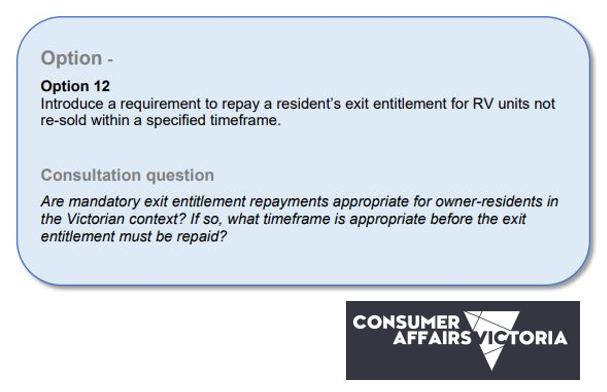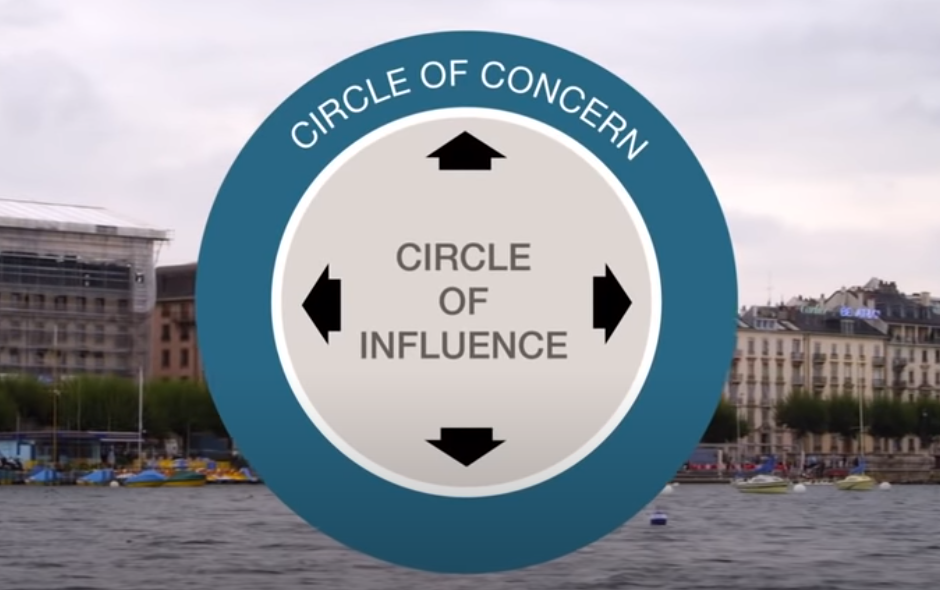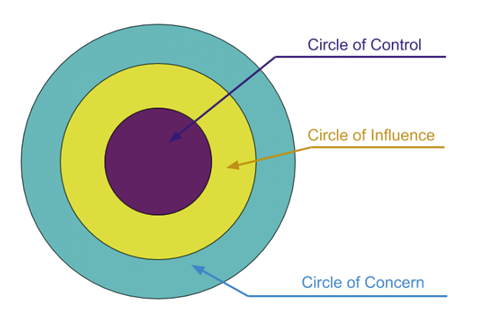Our favourite marketing support is Joshua Hanchett. We asked him to write this piece on the very important subject of websites.
You only get one chance to make an excellent first impression.
In 2021, the website is usually the first introduction to prospective residents and employees so providing a consistent experience online that represents the organisation well is paramount.
An excellent online experience starts with the following:
- Keep your resident, not the organisation, in mind. Each page should keep them central in the written and visual content.
- Make it easy to contact the right person in the organisation. If your organisation provides multiple services, have a direct line or email to the relevant person.
- Be a guide to your website visitor on their retirement journey. Inform them to make a great decision. Don’t sell.
With this in mind, what can you do every year to keep your website relevant and visitors coming back time and time again? Below is a short list, but if you don’t have the time, reach out to us. We are happy to help your organisation reach their customer online.
1. Safety and Security – Is your website safe and your organisation’s privacy policy relevant and accessible? Visitors are encouraged to take action on websites by filling in forms, and it’s reassuring to know data isn’t going to be stolen or shared. Security Certificates and Firewall software are easy to install and automate these days.
Tip: Make it a priority at the beginning of each year to ensure your certificates and software are installed, activated, and working.
2. Responsive experience – Does your website provide a wonderful experience on a desktop and a mobile device? With mobile overtaking desktop in multiple demographics, it’s important the user experience is consistent across devices.
Tip: Open the website on a desktop and your mobile device at the same time. How does it load? Is the experience consistent? Is it easy to read and take action?
3. Read and refresh pertinent information. Set reminders in your calendar to read through your website and other sites making up your digital presence, including Google my Business, Facebook, LinkedIn, and listing sites like Villages.com.au. Start simple. Are your Name, Address, Phone Number, and Email details correct? Is your pricing accurate on listing websites?
Tip: Open an incognito window in your browser and do a Google search of your organisation’s name. What’s on display?
4. Track search, time, and behaviour on your site. Use tools like Google Analytics and SEMrush. Answer these questions.
Where are your site visitors coming from? Direct, organic, social, or paid?
Are they leaving quickly or sticking around for a while?
Where are they spending time on your site?
Tip: Allow this data to inform how you change your website. A better site experience will increase time on site and reduce bounce rate.
5. Focus on Quality content rather than Quantity. Organisations that know their customers well serve their customers well. Speak to their problems and display authentic images of your residents enjoying their newfound freedoms in the community. Quality content will rank well on search engines, keep customers on your site longer, and even keep them returning for more.
Tip: Treat your website as a living, breathing asset to your organisation. Let your users search online for solutions to their problem. Focus your creative energy on providing answers in a meaningful way. Once on your website, share to your social channels and email list with links back to your website.
6. Ask website visitors to take action – a phone call, a form filled, a downloadable pdf guide.
Tip: Pop ups have their place, but they can often be overused and deter a prospect. Be creative and strategic with your placements of all buttons, forms, pop ups and pdfs. Remain customer centric.
With more and more people online and so many simple free tools available online, there’s never been a better time to pay attention to your organisation’s website – it’s so much more than a brochure.
Set a time to implement these things in your busy schedule. It will pay dividends and speak to your professionalism, credibility, and ability to provide solutions to the evolving needs of your customer.
If you need help reaching your customer online, please reach out to us.
Joshua Hanchett – Your Digital Partner
josh@myheartstudio.com.au







